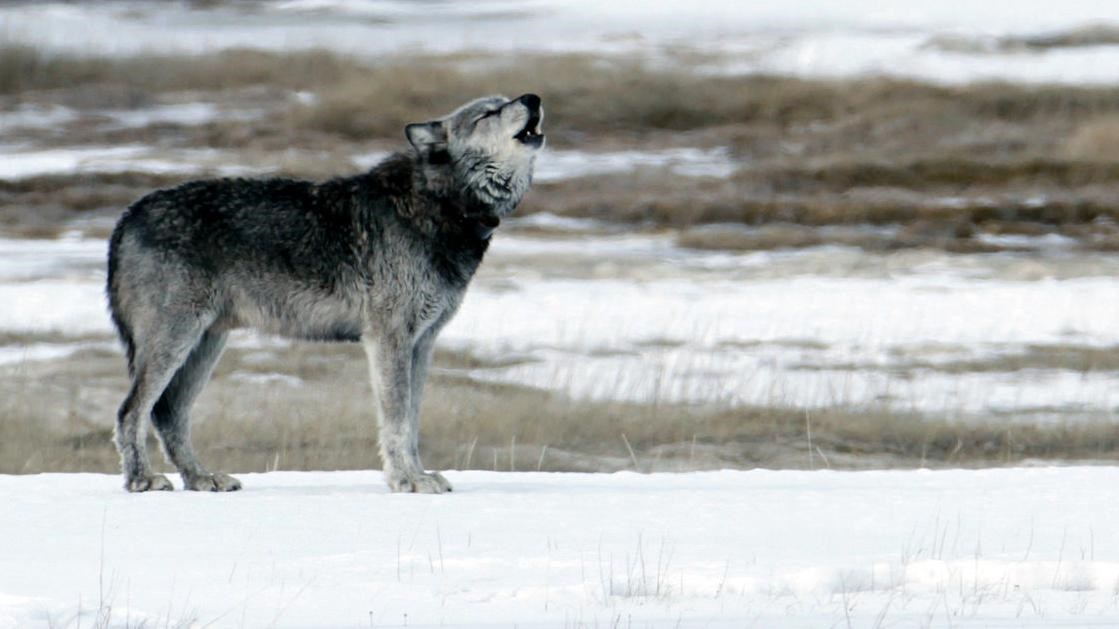
NPS/Janine Waller The pika (Ochotona princeps) is considered an indicator species for detecting ecological effects of climate change. While abundant in the Greater Yellowstone Ecosystem, pika numbers are declining in some areas of lower elevations in response to increased warming, which reduces their suitable habitat. While the recent US Fish and Wildlife Service review of the pika found no current need to list the species as threatened or endangered, pikas will likely disappear from some lower elevation or warmer sites. 
Number in YellowstoneAbundant. Where to SeeMammoth and Tower areas, most often. Identification and Behavior
Habitat
Management ConcernPikas are vulnerable to loss of habitat related to climate change. BehaviorPikas are territorial. They inhabit rocky alpine and sub-alpine zones feeding on the vegetation that fringes their preferred talus slopes. Because pikas do not hibernate, this relative of the rabbit must gather enough plant materials during the short growing season to survive the winter. Piles of drying vegetation, called haystacks, and a distinctive high-pitched call are the most recognizable indicators of active pika habitat. Prolific breeders, pikas usually have two litters of young each summer. The mortality rate is high for the youngsters and the first litter has a greater rate of survival. These small mammals are sensitive to temperatures above 77.9°F (25.5°C); therefore, they are most active during cooler parts of the day. ResearchThe National Park Service stewards pika populations in more than a dozen parks and seeks to understand the vulnerability of pikas and other mountain species to climate change. Pikas in Peril, funded in 2010, was a collaborative research program directed by scientists from the National Park Service, Oregon State University, University of Idaho, and University of Colorado-Boulder. 
Mammals
Home to the largest concentration of mammals in the lower 48 states. |
Last updated: April 18, 2025
